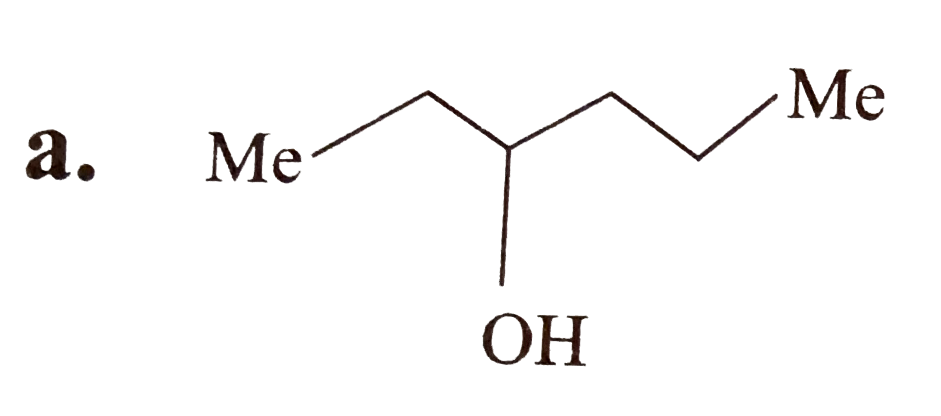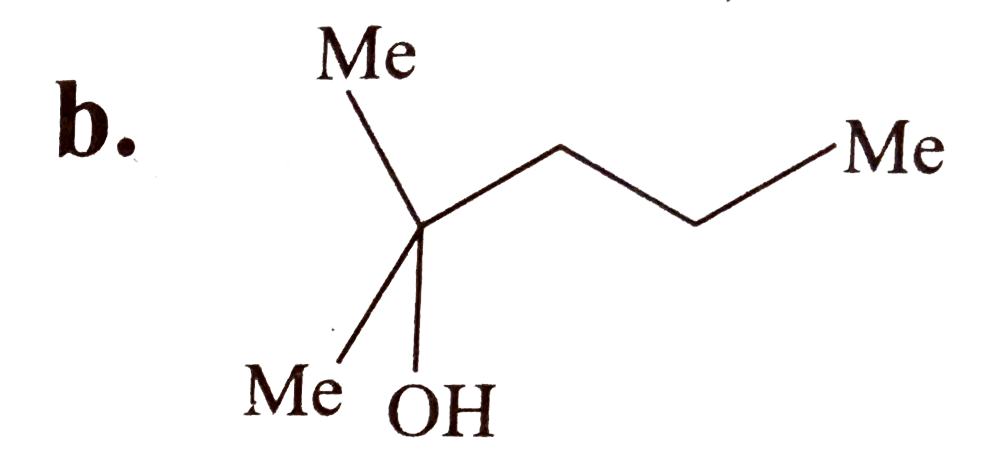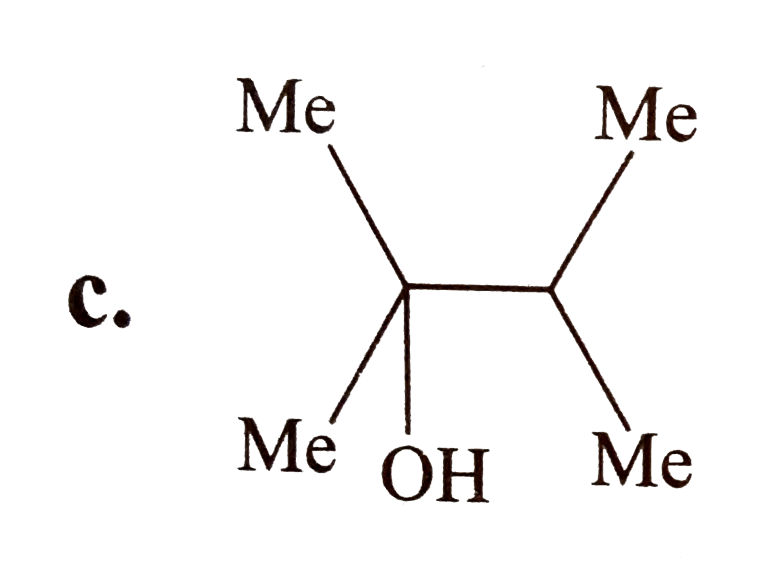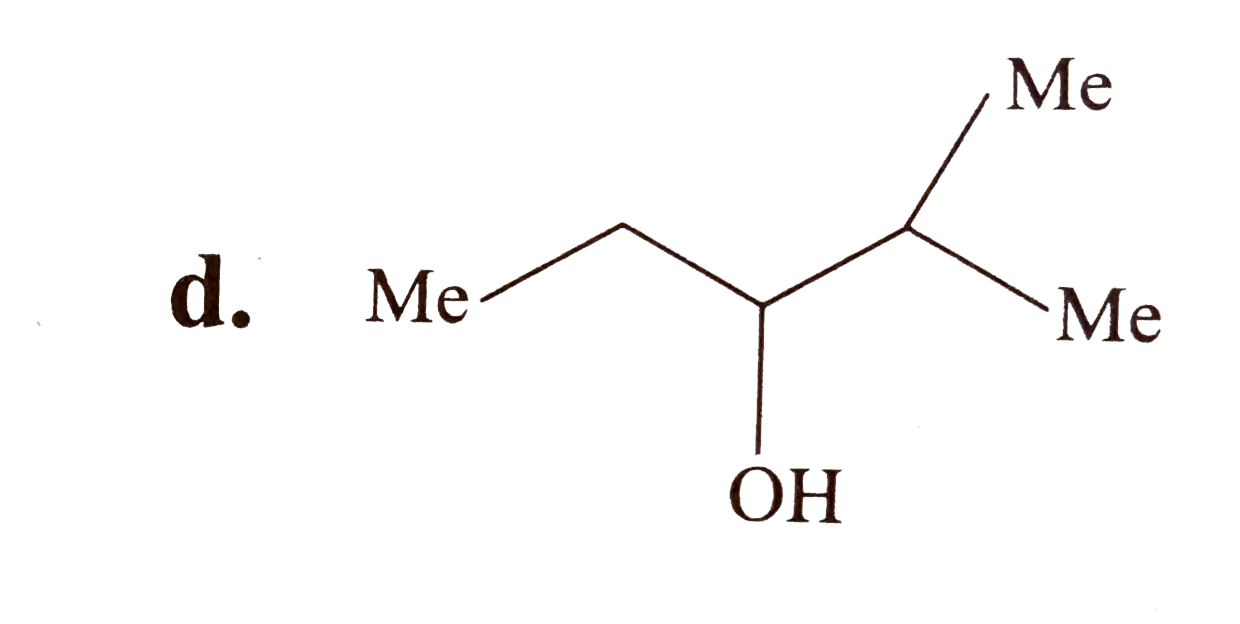Of the following, pick out the constituents of a photochemical smog
A. Ozone
B. Nitrogen oxides
C. PAN
D. H2SO4
E. DDT
F. BHC
G CO2
A,B,C
A,B, C,G
B,C,D,G
A,B,C,E ,F,G
The correct Answer is:A
To determine the constituents of photochemical smog from the given options, we can follow these steps:
Step 1: Understand Photochemical Smog
Photochemical smog is a type of air pollution that occurs when sunlight reacts with pollutants such as nitrogen oxides and volatile organic compounds. It typically forms in urban areas with heavy traffic and is characterized by a brownish haze.
Hint: Remember that photochemical smog is primarily formed by reactions involving sunlight and specific pollutants.
Step 2: Analyze Each Option
Now, let's evaluate each option to see if it is a constituent of photochemical smog:
- A. Ozone (O₃): Ozone is a significant component of photochemical smog. It is formed by the reaction of sunlight with pollutants like nitrogen oxides and volatile organic compounds.
Hint: Ozone is often referred to as a secondary pollutant formed in the atmosphere.
- B. Nitrogen oxides (NOₓ): These gases are precursors to ozone formation and are indeed a major constituent of photochemical smog.
Hint: Think of nitrogen oxides as the initial pollutants that contribute to the formation of smog.
- C. PAN (Peroxyacetyl Nitrate): PAN is a secondary pollutant formed in the atmosphere and is also a component of photochemical smog.
Hint: PAN is often formed from reactions involving nitrogen oxides and organic compounds in the presence of sunlight.
- D. H₂SO₄ (Sulfuric Acid): This is not a constituent of photochemical smog; it is primarily associated with acid rain.
Hint: Sulfuric acid is more related to industrial pollution and acid rain rather than smog.
- E. DDT (Dichlorodiphenyltrichloroethane): This is an insecticide and does not contribute to photochemical smog.
Hint: DDT is a pesticide, not an air pollutant involved in smog formation.
- F. BHC (Benzene Hexachloride): Similar to DDT, BHC is a pesticide and does not contribute to photochemical smog.
Hint: Like DDT, BHC is also a chemical used in agriculture, not in air pollution.
- G. CO₂ (Carbon Dioxide): While CO₂ is a greenhouse gas, it is not a direct constituent of photochemical smog.
Hint: CO₂ is more related to climate change than to smog formation.
Step 3: Conclusion
Based on the analysis, the constituents of photochemical smog from the given options are:
- A. Ozone
- B. Nitrogen oxides
- C. PAN
Thus, the correct answer is A, B, and C.
Final Answer: A, B, and C are the constituents of photochemical smog.
Photochemical smog is a type of air pollution that occurs when sunlight reacts with pollutants such as nitrogen oxides and volatile organic compounds. It typically forms in urban areas with heavy traffic and is characterized by a brownish haze.
Now, let's evaluate each option to see if it is a constituent of photochemical smog:
Based on the analysis, the constituents of photochemical smog from the given options are:
- A. Ozone
- B. Nitrogen oxides
- C. PAN
Similar Questions
Which of the following compound is the most Harmful component of photochemical smog?
(a) NO2
(b) PAN
(c) SO2
(d) CH3NO2View SolutionA, B, C, D, E, F, G and H are sitting along a circle facing the centre. D is the neighbour of A but not of H. B is the neighbour of F and 4th to the left of D. E is the neighbour of H and 3rd to the right of F. C is neither the neighbour of A nor of G.
Which of the following is wrong?
1) B is to the immediate left of H.
2) H is to the immediate left of E.
3) D is 3rd to the right of H.
4) C is 4th to the left of E.
5) All are correctView Solution
Knowledge Check
- Question 1 - Select One
The main constituents present in photochemical smog are
a. PAN
b. Unsaturated hydrocarbons
c. Acraleln
d. O3
e. SO2Aa,b,c and dBa,c,d and eCa,d and eDa,b,c,d and e - Question 2 - Select One
Pick out the incorrect statement regarding H2SO4.
AWhen treated with H2SO4,HCOOH form COandH2OBGlucose, when treated with conc. H2SO4, forms carbonCConc. H2SO4 cannot oxidize HBr and HI to form Br2,andl2, respectivelyDConc. H2SO4, reacts with NaNO3 - Question 3 - Select One
Which of the following is/are responsible for photochemical smog formation?
(A) CO2 (B) SO2 (C) NO
(D) hydrocarbons. The correct answer isAA, BBB, CCC, DDA, D
Arrange the following alcohols in the decreasing order of their ease of dehydration with H2SO4.
a.
b.
c.
d.
e. View Solution
View Solutionstatement 1: common components of photochemical smog are oxides of nitrogen & sulphur.
statement 2: Ozone in the stratosphere is a product of UV radiation acting on dioxygen.View SolutionA, B, C, D, E, F, G and H are sitting along a circle facing the centre. D is the neighbour of A but not of H. B is the neighbour of F and 4th to the left of D. E is the neighbour of H and 3rd to the right of F. C is neither the neighbour of A nor of G.
Which of the following is correct?
1) D is to the immediate left of G.
2) A is between C and D.
3) F is 4th to the right of D.
4) E is between H and B.
5) None is correctView Solutionwhich of the following secondary pollutants ? (a) CO2 (b) ozone (c) PAN (d) CO
View SolutionSeven villages A, B, C, D, E, F and G are situated as follows:
E is 2 km to the west of B. F is 2 km to the north of A.
C is 1 km to the west of A. D is 2 km to the south of G.
G is 2 km to the east of C.
D is exactly in the middle of Band E.
A is in the middle ofView Solution

